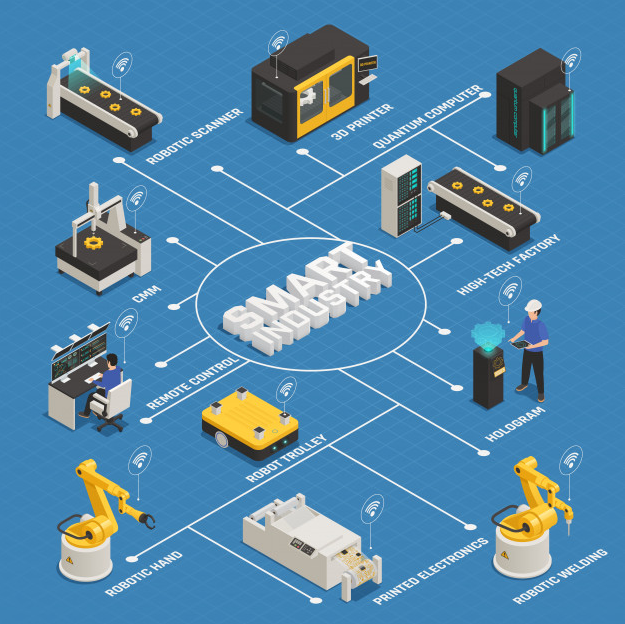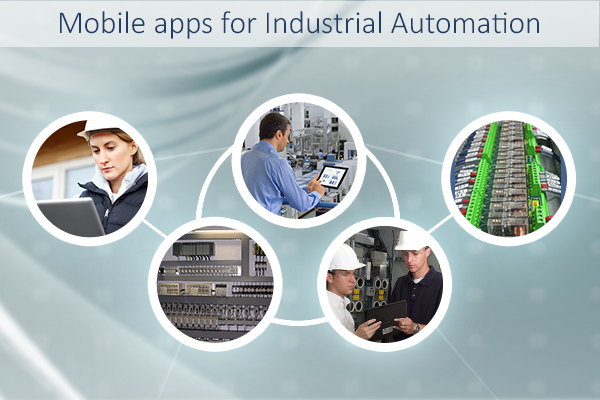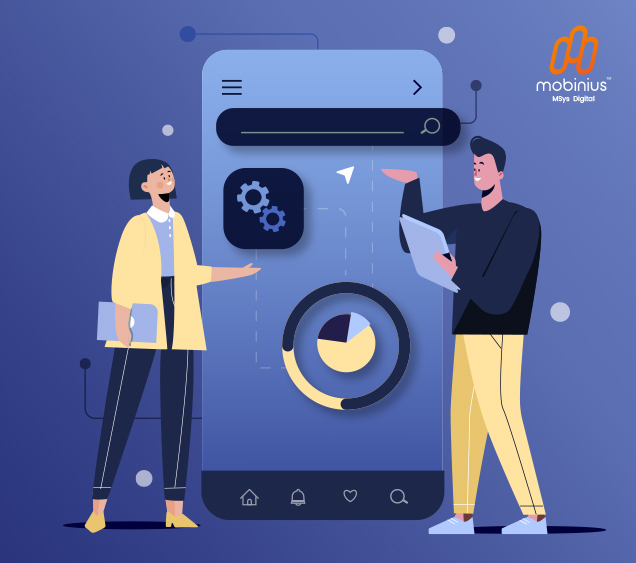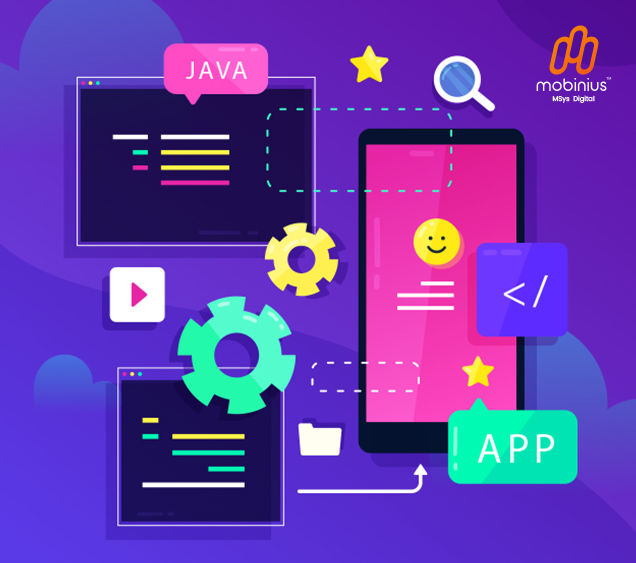Mobile apps for industrial automation
Audio : Listen to This Blog.
1) What is the current industrial automation trend?
Mobility solutions have great potential to increase the productivity, efficiency and satisfaction of industrial setting. A powerful combination of technology can be furnished for industrial automation. The industrial automation is going through a major change. Remote monitoring and management has become the mainstream. There has been a growth in demand for energy management technologies, which is made possible through cloud computing. To succeed in the environment of industrial automation, manufacturer and integrators are adopting new concepts and technologies.
The current trends of industrial automation include embedded intelligence for plant management to enable the monitoring of information from different field devices, remote devices that help plants to communicate with supply chain,
mobile enterprise application
platforms etc. With the increasing cost of manpower and safety issues, there is an increasing demand for the
mobile applications for industrial automation
and related services, where latest devices and technologies are used to control systems and maximize the productivity in terms of goods and services.
2) What are the Challenges and opportunities for mobility in Industrial Automation?
The challenges of introducing mobility in industrial automation include – network capability, IT infrastructure, safety equipment and environmental safety. In many plants, radio phones are still considered to be an important means of communication between the workers.

IT infrastructure
– Industrial software systems contain legacy software that has been developed years before. It might be difficult to integrate mobility solutions into the existing processes or systems. Industrial processes require highly secure IT systems. Understanding this tradeoff is crucial when designing mobility solutions for industrial automation.
Environment
– Industries are often divided into areas with different work frequency. There is no use of mobility solutions if the information cannot be accessed properly. Some of the impurities such as dust can affect the touch abilities.
Network capability
– An industrial plant may not have enough network capability for mobile connectivity, which is one of the biggest challenges for mobility in industrial automation.
In order to design mobility solutions in industrial automation, it is very essential to understand the needs of the field workers. The workers at industries need well designed backup solutions that keep the content in the device safe. Another important solution is that the mobile devices should fit into the pockets. Various organizations are working to identify the challenges of using industrial automation mobile apps in real life.
3) How can mobility help industrial automation?
Mobility has changed the way that organizations operate. New work styles that are driven by advanced technologies have risen. Organizations are adopting mobility solutions for industrial automation to deliver vastly improved productivity and at the same time yield a reduced cost of ownership. Better decisions can mean a lot and greater operational efficiencies with reduced risk. Companies do
industrial automation
app development to increase the productivity, improve the workflow, and enhance customer relations and accepting the mobility solutions. With mobility solutions, organizations are able to acquire large amounts of data.
The hopeful vision is that organizations will be able to take data from any source and analyze it to find solutions that enable cost & time reduction, development of new products and smarter decision making. Another important area where mobility plays a crucial role is a plant automation where the organizations need to create strength across the plant. Mobility solutions help plant automation by providing services in multi-vendor system integration, feature enhancement and customization. Companies will be able to perform operations that control software and programming solutions, plant-to-enterprise integration, and web-based system for remote monitoring and so on.



